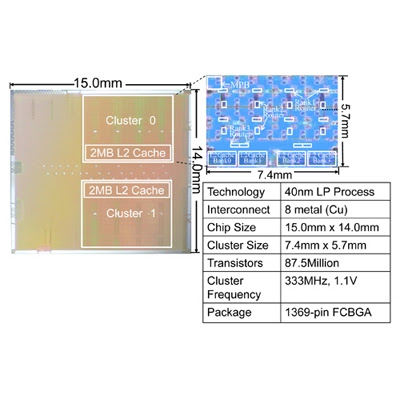A report by the hit-and-miss DigiTimes cites industry sources as saying that mobile chip makers are “stocking their solutions” to meed the demands of one technology company headquartered in Cupertino, California which plans to unveil a new smartphone in a few months.
Apple partners Qualcomm, Broadcom, STMicroelectronics, NXP, Texas Instruments (TI), OmniVision, and others have reportedly started to put aside massive amounts of chips (their "solutions”) for the next-generation iPhone scheduled to launch in the second half of this year. The Taiwanese publication goes on to describe each vendor’s activity, such as Qualcomm and Broadcom producing the 4G (LTE) and WiFi radio chips using a 28nm process at Taiwan Semiconductor Manufacturing Company (TSMC). OmniVision is busy “seeking capacity” at TSMC's 12-inch fab, and “Nvidia also takes up about 10,000 units of 28nm wafer capacity at TSMC, leaving Broadcom, TI, Altera, Xilinx and other chipmakers to share the remaining 28nm wafers,” according to the same sources.
They added that TSMC is likely to encounter hurdles as it ramps up its 28nm process. “Meanwhile, STMicroelectronics is ramping up its output of MEMS devices, while NXP and TI are also building up their inventory of analog ICs for iPhones,” the industry report adds. Needless to point out, TSMC’s ability to produce all these chips in a timely fashion is a key factor that may influence Apple’s planned launch date for the iPhone 5. The device is all but confirmed thanks to several hardware leaks that indicated a longer body with a thinner form factor and a larger screen. Furthermore, the phone is expected to boast a metallic unibody chassis ditching most of the glass found on the current-generation smartphone sold by Apple.
If the leaks are any indication, the overall design will not undergo any major alterations, though its increased size should result in a much-improved experience for end-users.



 6/17/2012 09:26:00 PM
6/17/2012 09:26:00 PM
 dannzfay
dannzfay
































